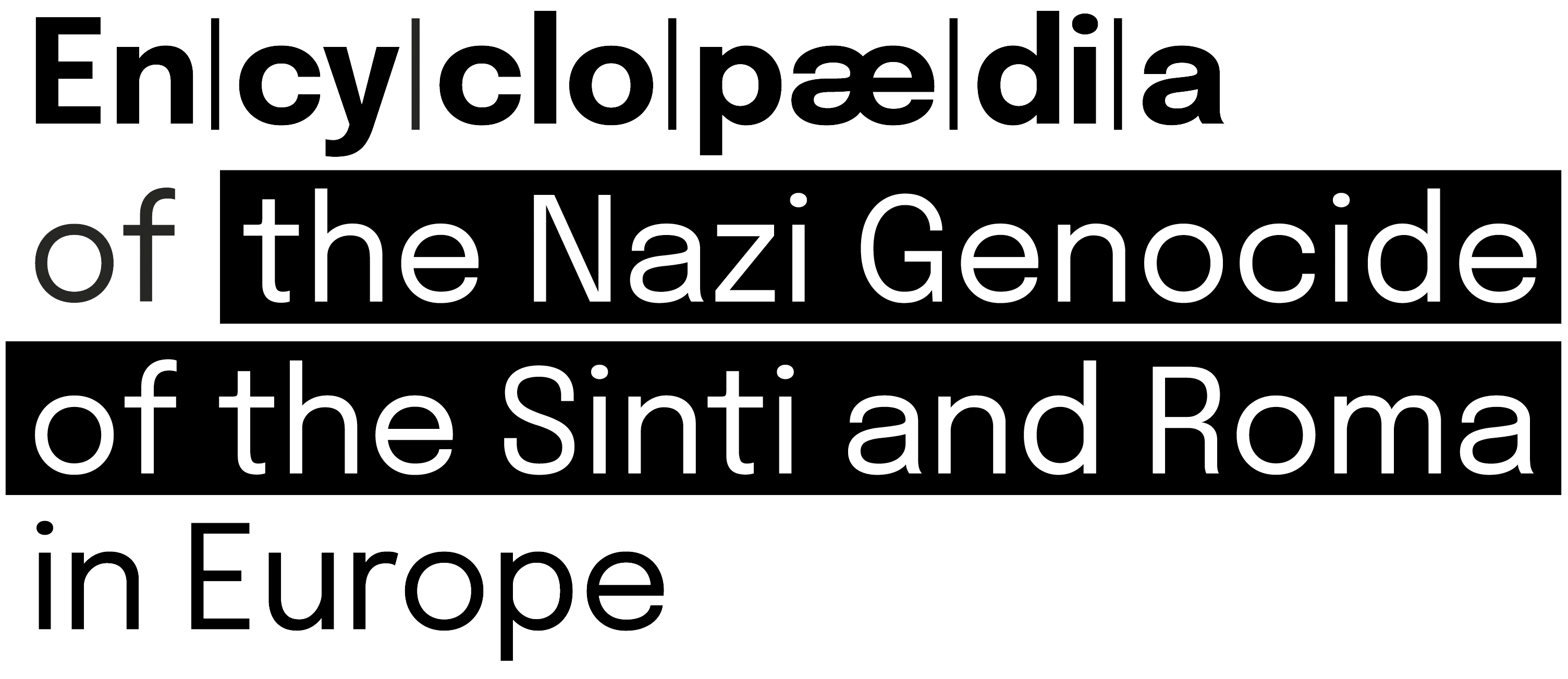Penal workhouses [Zwangsarbeitsanstalten, donucovací pracovny] were established on the territory of the Austrian monarchy from the first half of the 19th century as places of detention for unemployed people over the age of 18 who were labelled by the state authorities as ‘vagrants’, ‘beggars’, ‘petty criminals’, ‘idle people’ and ‘spongers’.
Practice in Czechoslovakia
‘Zwangsarbeitsanstalten’ continued operation after 1918 in Czechoslovakia. They were administered by the regional authorities of Bohemia and Moravia and supervised by the Ministry of the Interior. Internment in these facilities could be ordered by the courts. Commissions of regional political authorities subsequently decided on the length of the sentence: a maximum period of three years before 1929 and a maximum of five years thereafter (with the possibility of parole). Internment in a ‘Zwangsarbeitsanstalt’ was a supplementary order following a prison sentence where the convict was not expected to adopt an orderly way of life on release.
In Bohemia, ‘Zwangsarbeitsanstalten’ operated in Prague and Pardubice. In Moravia, people convicted of vagrancy and begging were held in facilities in Brno, and more serious delinquents in Šumperk and Znojmo. Each of those facilities had a capacity of about 500 interned persons.
After the annexation of the border areas by Germany in the fall of 1938, the only operating ‘Zwangsarbeitsanstalt’ in Moravia was the one in Brno. Since those interned in them were officially subject to ‘re-education’, the wages they nominally earned were used to finance the operation of the facility. They worked in various internal workshops (tailoring, shoemaking, carpentry, bakery, etc.), but were also sent outside the premises on day jobs for private entrepreneurs. In 1933, the Regional Penal Workhouse in Brno took over the state quarry in Olšovec (Přerov district), where at least half of the internees subsequently worked. Some prisoners attempted to escape the difficult working conditions in the quarry through flight or self-harm.
Under German Occupation
After the establishment of the Protectorate of Bohemia and Moravia in March 1939, the operation of ‘Zwangsarbeitsanstalten’ continued without fundamental changes, but the number of inmates was reduced during World War II. Government Decree No. 89/1942 Coll. of 9 March 1942 on the ‘preventive fight against crime’ led to the establishment of ‘Anhaltelager’ [custody camps, sběrné tábory] within ‘Zwangsarbeitsanstalten’ in Prague, Pardubice and Brno. Like the ‘Anhaltelager’ in Lety near Písek and Hodonín near Kunštát (which later became ‘Zigeunerlager’), these camps served the purpose of ‘preventive custody’, which could be imposed by the Criminal Police Headquarters [Kriminalzentrale] in Prague for an unlimited period on persons identified as ‘professional criminals’ and ‘asocials’. Among them, ‘Gypsies and persons roaming around in Gypsy fashion’ were also to be interned if they left the place of their residence without the permission of the Criminal Police. Beginning in 1942, hundreds of inmates of ‘Anhaltelager’ designated ‘asocials’ were deportedin mass transports to Auschwitz I concentration camp and, at the end of the war, to other concentration camps as part of the policy of ‘crime prevention’. The precise mechanisms of operation of these institutions during this period and the numbers and life paths of their inmates have yet to be fully researched.
Sinti and Roma in Penal Workhouses
During the existence of ‘Zwangsarbeitsanstalten’ in Bohemia and Moravia, an unspecified number of Roma and Sinti were interned in these facilities with other inmates. In the workhouse in Brno for example, about thirty Romani men were held between 1939 and 1945. They made up only a minority of prisoners here. Roughly half of the Romani prisoners were released during this period, either conditionally or permanently. Some of them were subsequently deported to Auschwitz and Auschwitz-Birkenau concentration and extermination camp in 1942 and 1943, after having been held in the ‘Zigeunerlager’ Hodonin near Kunstadt. Nine Roma were imprisoned in the institution during 1944, i.e. after the deportation of the majority of the Roma of the Protectorate to Auschwitz-Birkenau. Eight of them were handed over to the Criminal Directorate in Brno on 8 February 1945 for deportation to an unknown location (their fate is unknown).




